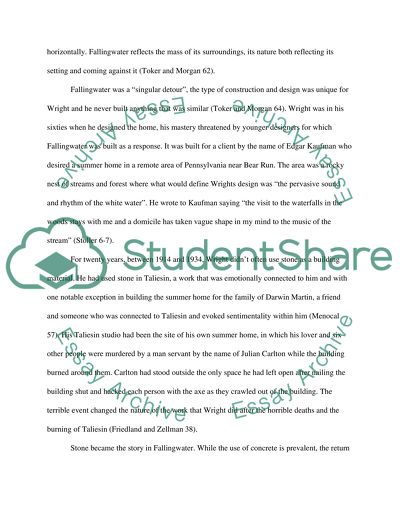Cite this document
(“Discussion on how the architect has either expressed or hidden the Essay”, n.d.)
Retrieved from https://studentshare.org/environmental-studies/1420052-discussion-on-how-the-architect-has-either
Retrieved from https://studentshare.org/environmental-studies/1420052-discussion-on-how-the-architect-has-either
(Discussion on How the Architect Has Either Expressed or Hidden the Essay)
https://studentshare.org/environmental-studies/1420052-discussion-on-how-the-architect-has-either.
https://studentshare.org/environmental-studies/1420052-discussion-on-how-the-architect-has-either.
“Discussion on How the Architect Has Either Expressed or Hidden the Essay”, n.d. https://studentshare.org/environmental-studies/1420052-discussion-on-how-the-architect-has-either.


